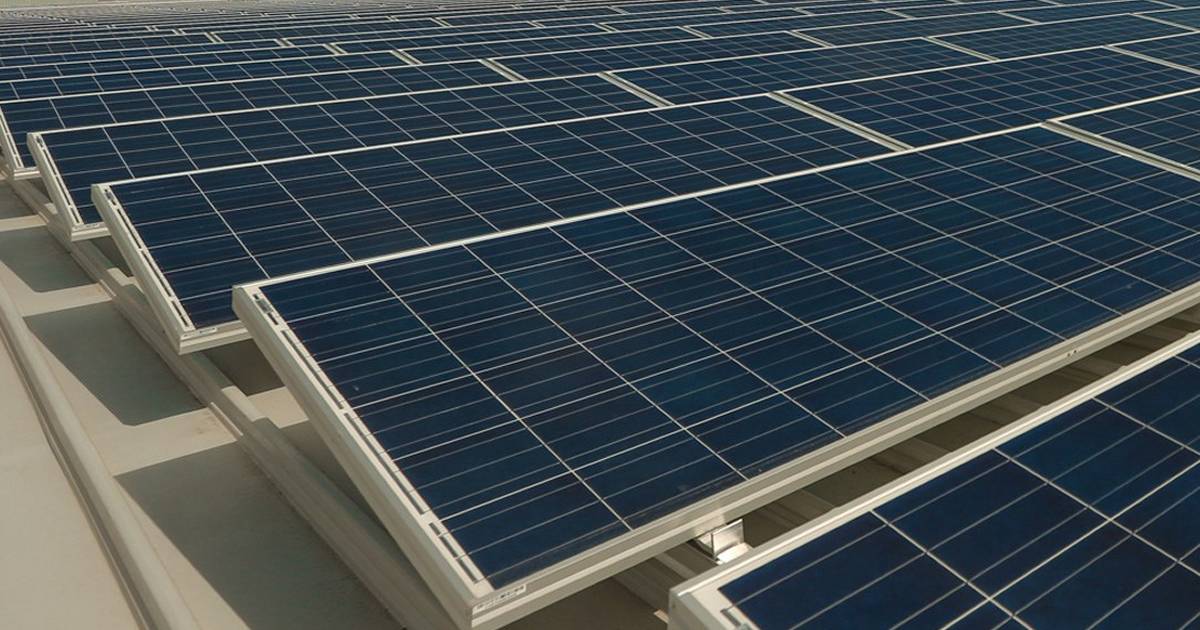
Australian property developer Stockland has sourced $75 million in finance from the CEFC for further energy efficiency and renewable energy initiatives.
Stockland has set a 2030 net zero carbon target for its logistics centres, retirement living operations and corporate head offices. The firm has 29 logistics properties and 62 established retirement villages in its portfolio currently.
In addition to improving the energy efficiency of these existing assets and new builds, the senior debt facility will help fast-track 11MW of solar power capacity across its logistics business. This will include 770KW of solar at the Yennora Intermodal Distribution Centre in New South Wales.
Stockland will also develop a solar energy trading scheme for its assets, support the uptake of solar and battery installation at residential properties and accelerate renewables initiatives at its retirement villages.
“The large rooftops at logistics and industrial sites are ideal locations for solar photovoltaics and it’s exciting to see Stockland extending the benefits of renewable energy across this asset class,” said CEFC CEO Ian Learmonth. “We are also pleased to support the further development of net zero carbon living options for retirees and families who directly benefit through measures that ultimately improve living environments while reducing energy consumption.”
Stockland’s Solar Energy Track Record
The firm is no stranger to the benefits of solar power – both environmental and bottom-line. Stockland kicked off a $23.5 million program to install more solar panels on its shopping centres in Queensland, Victoria and New South Wales back in 2017.
The company’s FY 2018/19 sustainability report states Stockland had installed 12.1MW of solar PV capacity across 10 of its shopping centres and two logistics centres by that point. More recently, a 380kW solar power system was installed as part of the Stockland Baringa Town Centre project.
All up, Stockland has invested $33 million in solar energy generation to date. This and various energy efficiency initiatives have resulted in $106 million in savings since 2006, and a reduction in carbon intensity by 57 per cent across its commercial property portfolio.
Last month, the company achieved a place on CDP’s Climate A-List for the fourth year in a row.
In September 2018, Stockland signed on to the World Green Building Council’s Net Zero Carbon Buildings Commitment (WorldGBC), which defines a net zero carbon building as not only being highly energy efficient, but also fully powered by on-site or off-site renewable energy sources.

 RSS - Posts
RSS - Posts



Wow. Even tgough the almighty dollar is their aim, all that free energy has to be a good thing.
Shows our Government up don’t it.
I wonder how Stocklands feel abput the “renewables are more expensive” mantra?
Good to see this is not a grant but a loan on reasonable terms which means the savings will be able to pay back the balance including accrued interest.
I assume Stockland applied for the loan through responsible channels.
It seems to me that more and more large to medium size businesses are installing solar PV systems. Its perhaps not surprising that shopping centres are among them, given that those all tend to have rather large quantities of roof space.
It would be HUGE exercise for them though – multiple locations and states, ensuring tenants don’t have their business activities disrupted, selecting the right supplier, negotiating agreements with the electricity retailers etc etc.
Westfield is doing the same. We already have Woolworths, Ikea and other large retailers, along with other firms, going down the same path.
Meanwhile the ‘adaption and resilence’ strategy of the Libs seems to be morphing slightly, and the possibility of 2020 becoming a new ‘baseline comparison’ point (rather than 1970 or whatever) seems to be emerging as well.
Still looks like ‘business as usual’ to me, and no doubt planning is underway to pull the equivalent of a dead white rabbit out of the magicians hat at an appropriate campaign point in the lead up to an election.
Most large shopping centres already have one account with an electricity retailer in order to take advantage of cheaper, high use, commercial rates and then onsell electricity to their tenants, so that would make rooftop solar easier to organize.